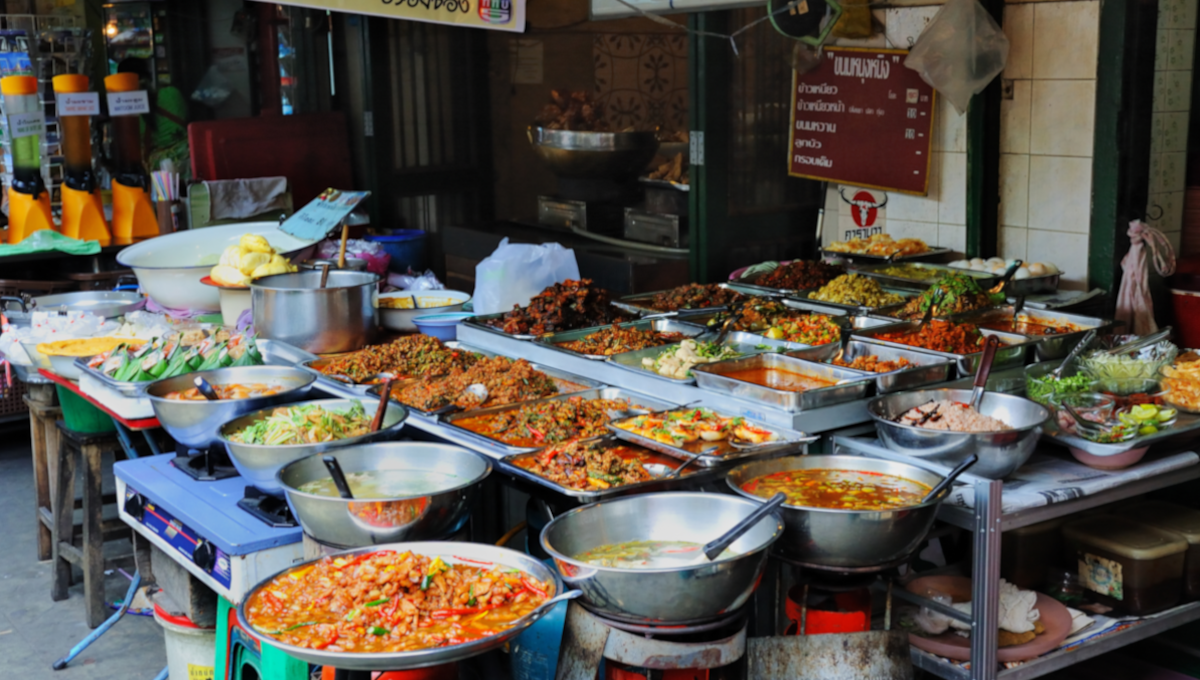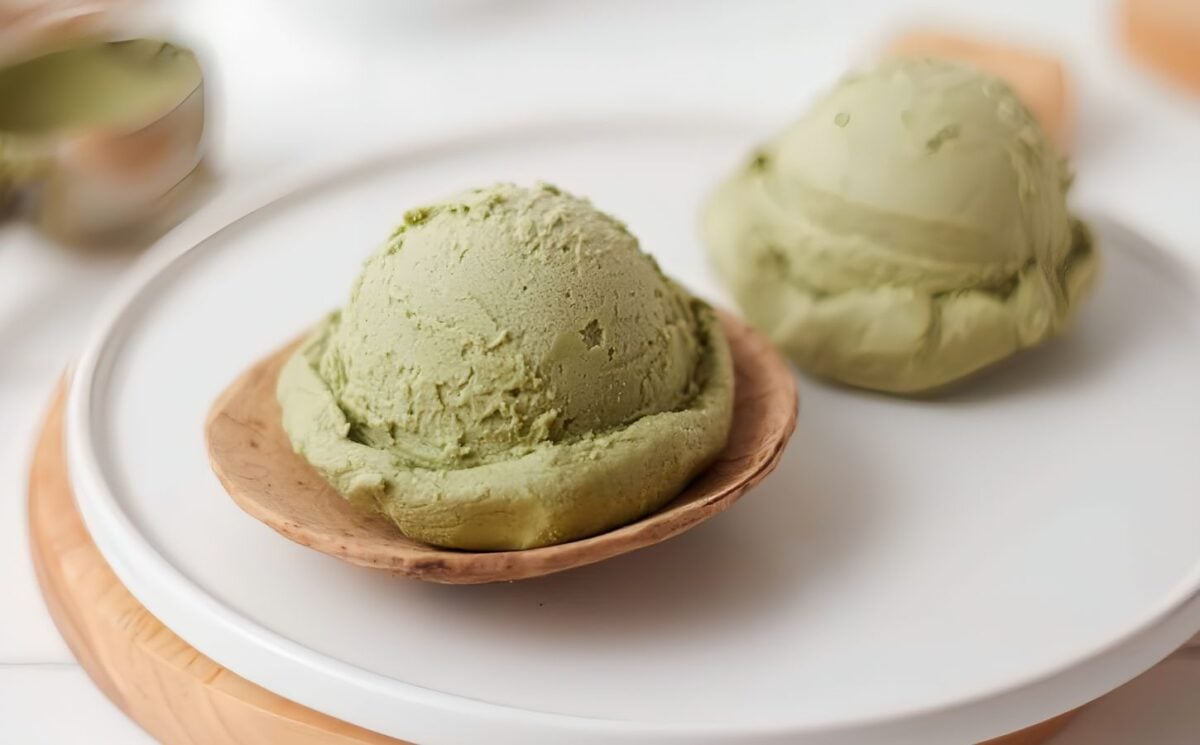Spring and summer ignite wanderlust, promising long road trips, sun-drenched picnics and exotic escapes. But foodborne illness can turn adventure into misery. Each year, 48 million Americans — about 1 in 6 — suffer food poisoning, with travel heightening exposure to pathogens like Salmonella, Campylobacter and E.
coli.Whether trying out diners on a cross-country road trip or sampling street food in far-off lands, a few evidence-based habits can help keep illness at bay.Road tripsRoad trips hinge on preparation to keep perishables safe.

A road trip can derail quickly if food spoils — think warm mayonnaise or softened cheese in a poorly iced cooler. The USDA recommends insulated coolers with ice packs or frozen gel packs to maintain cold foods — deli meats and raw meats, dairy, cut fruits and salads — below 40 degrees F, the upper limit where bacteria like Listeria monocytogenes begin to thrive. Raw meats require leakproof containers and strict separation from ready-to-eat foods to prevent cross-contamination, a primary vector for spreading Salmonella and E.
coli. A single drop of raw chicken juice can transfer enough bacteria to sicken unsuspecting eaters.Picnics introduce their own challenges, especially under spring’s variable weather or summer’s relentless heat.
The FDA advises refrigerating leftovers within two hours of serving, or one hour if temperatures climb past 90 degrees F — a mark easily hit in July sun or a parked car’s interior, which can exceed 130 degrees F within 30 minutes. Unchilled potato salad, grilled chicken, or creamy dips become petri dishes for pathogens like Staphylococcus aureus, which thrives on starchy or protein-rich foods, or Clostridium perfringens, notorious for buffet-style outbreaks. Leftovers lingering past these deadlines aren’t just unappetizing — they’re a gamble with days of vomiting, diarrhea or worse.
Dining outDining out demands scrutiny, particularly in unfamiliar territory. Busy, well-maintained restaurants are safer bets, as high turnover keeps ingredients fresh and limits spoilage risks. Street vendors, especially in foreign destinations, offer tempting skewers and fresh fruit, but produce, raw seafood and undercooked dishes can harbor threats: Vibrio cholerae from shellfish, hepatitis A from contaminated produce, or Cyclospora from unwashed berries.
The CDC advises sticking to fully cooked, piping-hot meals to neutralize these dangers. For precision, the USDA’s food thermometer guidelines are a traveler’s ally: poultry must hit an internal temperature of 165 degrees F, ground beef 160 degrees F and whole cuts like steak 145 degrees F with a three-minute rest, ensuring bacteria don’t survive the heat.Water safetyWater safety is equally critical, with risks varying wildly by region.
Tap water abroad— or even in rural U.S. areas — can carry parasites like Giardia lamblia and Cryptosporidium parvum, both linked to prolonged diarrhea and dehydration.
Sealed bottled water is the safest choice, ensuring no tampering or local contamination. Ice cubes, however, are a stealth hazard: unless the water source is verified as purified, they can ferry bacteria or viruses into an otherwise safe drink. Reusable bottles work well but only if filled from trusted, treated supplies—a roadside stream or untested well won’t cut it.
WeatherWeather plays a vital role in food safety risks. Spring rains can overwhelm water systems and flood fields, raising E. coli levels in drinking water and produce.
Summer heat accelerates spoilage, slashing the safe window for perishable foods. The FDA warns that items like sliced melon, cooked rice or vacuum-sealed fish left unrefrigerated become breeding grounds for Clostridium botulinum, the neurotoxin-producing bacterium behind botulism — a rare but life-threatening illness tied to improperly stored perishables, not just faulty canning.In general, handwashing stands as a non-negotiable foodborne illness defense: the CDC recommends a 20-second scrub with soap — about two “Happy Birthday” verses— to sever the chain of germ transmission before meals or a quick roadside snack.
Key tips from the experts:Keep It Cold: Maintain perishables at 40 degrees F or below; hot foods above 140 degrees F to stifle bacterial growth, according to the USDA.Clean Hands: Wash hands with soap for 20 seconds before eating or handling food, cutting risks of norovirus and Shigella, according to the FDA.Divide and Conquer: Separate raw meats from ready-to-eat items with dedicated containers or boards, according to the USDA.
Cook Thoroughly: Use a thermometer — 165 degrees F for poultry, 160 degrees F for ground meats, 145 degrees F for whole cuts with a resting time of three minutes, according to the CDC.Drink Smart: Rely on sealed bottled water or verified sources in unfamiliar regions, according to the CDC.A picnic, a bold new dish, or a cold drink on a hot day shouldn’t lead to a hospital bed.
The above steps, rooted in science from the USDA, CDC and FDA, ensure spring and summer journeys stay safe, flavorful, and free of regret.(To sign up for a free subscription to Food Safety News, click here.).
Food

Food safety tips for the road and abroad

Spring and summer ignite wanderlust, promising long road trips, sun-drenched picnics and exotic escapes. But foodborne illness can turn adventure into misery. Each year, 48 million Americans — about 1 in 6 — suffer food poisoning, with travel heightening exposure to pathogens like Salmonella, Campylobacter and E. coli. Whether trying... Continue Reading















